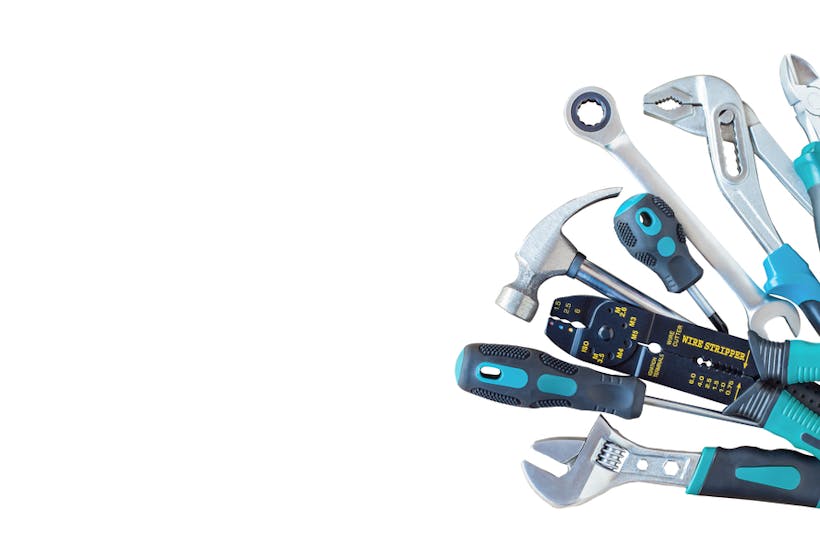
What roles do employee performance management tools play when it comes to improving company efficiency and productivity?
There are a lot of moving parts in any organisation, but if you want to make the most out of your company and your workforce, performance management needs to be high on your priority list. Performance management isn’t something to be ignored until a problem presents itself. Rather than being a remedy, it’s a preventative measure that can prevent problems from occurring in the first place.
An increased focus on performance management can make a business more effective and efficient, improve levels of employee engagement and boost competency levels within your company. To ensure you benefit from all these performance management advantages, you will need to introduce and utilise effective performance management tools.
You might have heard the phrase ‘performance management tool’ before, but what exactly are performance management tools? What benefits do they offer, what forms do they come in and how have they evolved over the years?
Employee Performance management tools help to motivate your workforce
You will probably agree that employees are the lifeblood of your company. They keep processes ticking along and they ensure that all SMART objectives are achieved to on time and to standard. You might also have heard that engaged, dedicated employees far outperform those who are disillusioned and frustrated. This is why one of the biggest aims of performance management tools is to engage and motivate employees to do their best and go that extra mile for their employer.
Performance management tools can do this in a variety of ways. One performance management tool that can get your employees excited about their work and eager to perform well is that of aligned SMART objectives. These objectives can be designed to be stretching while providing your employees context on their work and how it helps to progress company goals. Using an upwards aligning process to the overall organisational goals ensures that the whole company is united and pushing in the same direction.
Recognition and reward schemes are also vital performance management tools, especially when you consider that 80% of employees work harder when they feel appreciated. Most employees are more motivated by appreciation than money and not only can a recognition scheme boost performance; it can also minimise voluntary turnover.
Yet another great tool to motivate employees is that of personal development objectives. Development objectives have been shown to be a driver of employee engagement and organisational performance. Personal development objectives can help employees achieve goals, help an employee climb the ranks of a company and allow them to become proficient in skills they truly care about.
Performance management tools streamline organisational processes
On top of improving individual performance, performance management tools can help to streamline organisational processes. Great performance management tools are able to remove red tape and save time while making working life easier for employees, management, and HR.
As an example, we can look to the introduction of regular performance check-ins. Replacing annual appraisals with check-ins can save a company a lot of time. On top of this, they are more effective at improving performance. They provide greater levels of clarity, improve levels of communication and ensure manager and employee are on the same page and up to date with regards to performance.
A performance management tool can refer to a software package
While performance management tools can be processes that are put in place, such as frequent performance discussions and recognition schemes, a performance management tool can also refer to a software package. For example, our own Clear Review performance management software is a performance management tool that can be used to improve company-wide communication, facilitate real-time feedback and schedule one-on-one meetings.
Thanks to our software, thousands of employees are enjoying more regular and more effective performance conversations with their managers.
Performance management tools should be tailored to suit your business
It should be noted that although performance management tools such as SMART objectives and check-ins can work in any business, the language you use to support these tools needs to be tailored to your own culture.
For example, the framework for a one-to-one check-in at a bank is likely to be very different from that used in a college. For this reason, when you are searching for a performance management software, it is important that you find a provider where the language can be customised. This way, you will get the best return on investment and you will enjoy a great improvement in terms of performance.
Performance management tools must change as the years go by
Performance management tools aren’t concepts to be implemented once and never readdressed. As time goes by and our knowledge of performance management advances, we learn that changes are required in order to continually improve employee and manager performance. For this reason, HR should always keep up to date on performance management trends.
To illustrate how performance management tools can fall in and out of favour, we can look to the traditional annual performance review. This used to be one of the most common performance management tools, but in recent years, the annual appraisal has fallen out of favour. It is becoming increasingly clear that a single yearly performance discussion isn’t effective. It tries to accomplish too much in one sitting and takes up too much management time. As a result, companies have reacted and introduced continuous performance management, which incorporates more regular check-ins.
If you would like to find out more about our continuous performance management software system, book a demo and find out what our own performance management tool can do for you and your organisation.
